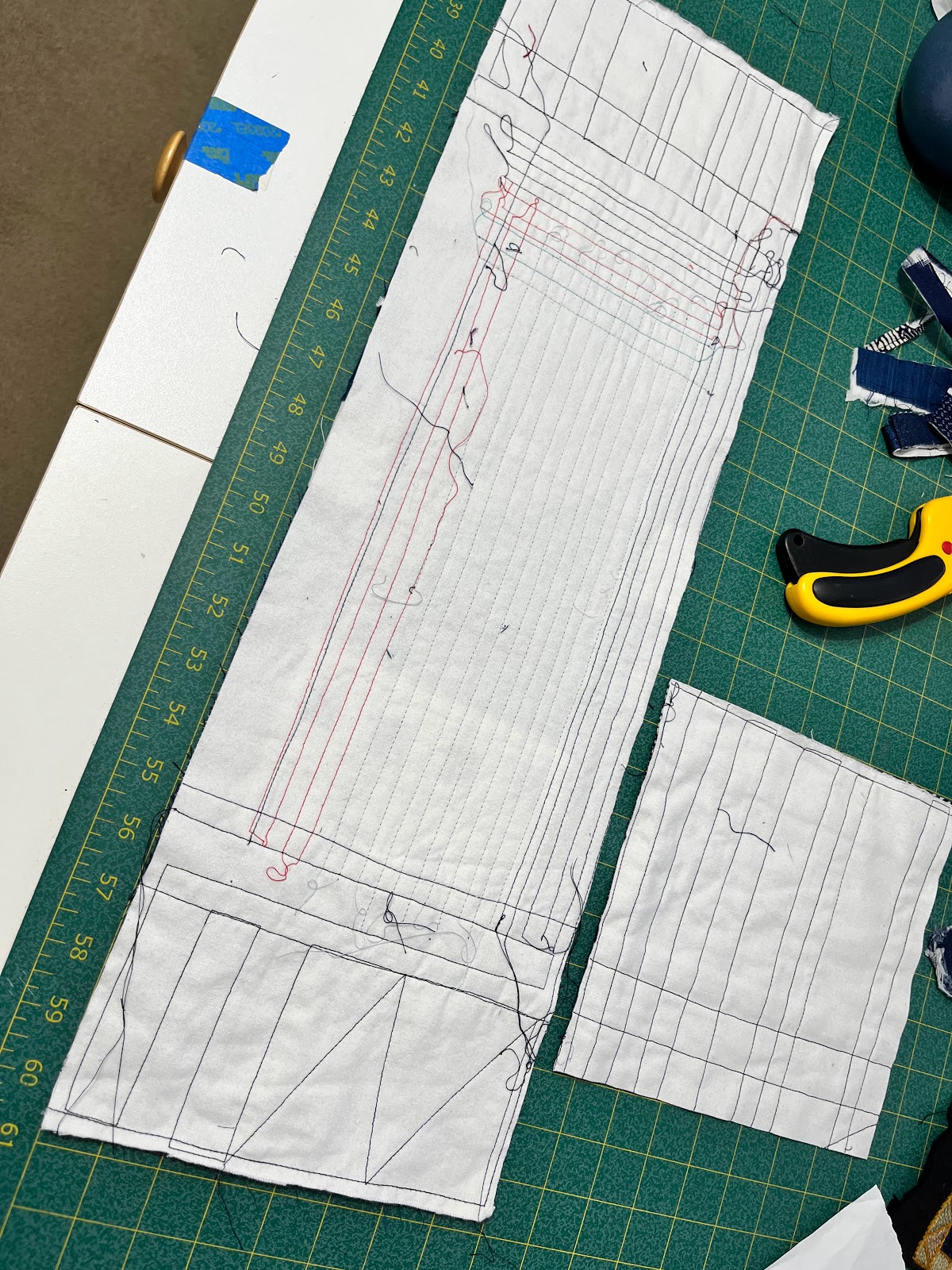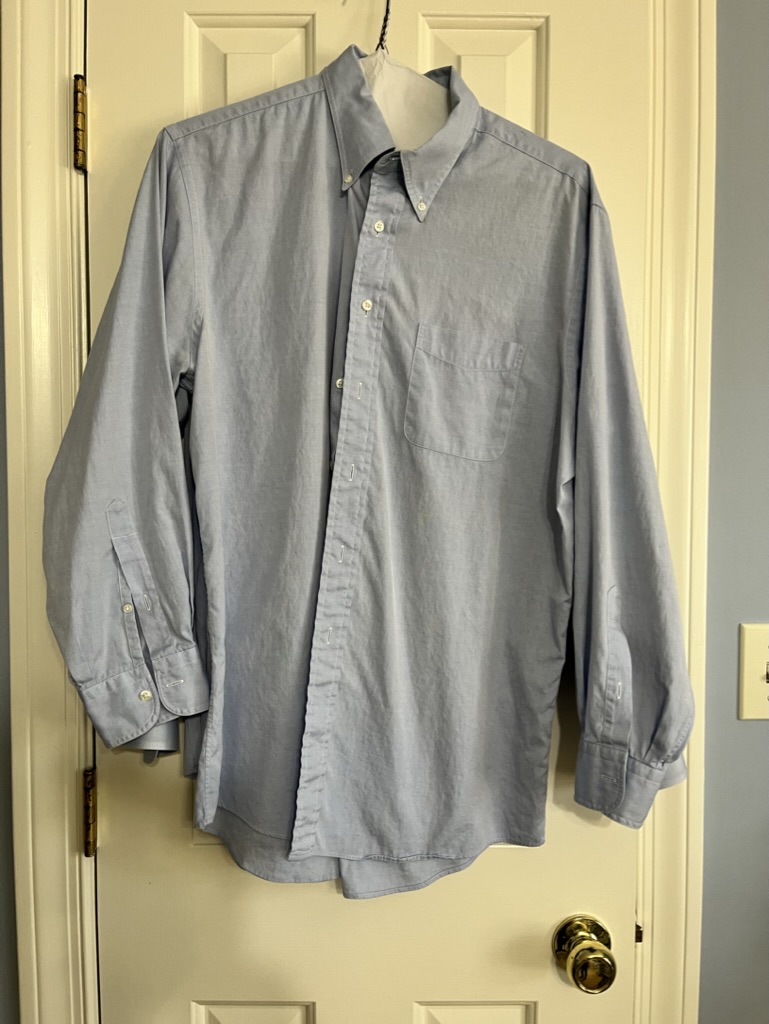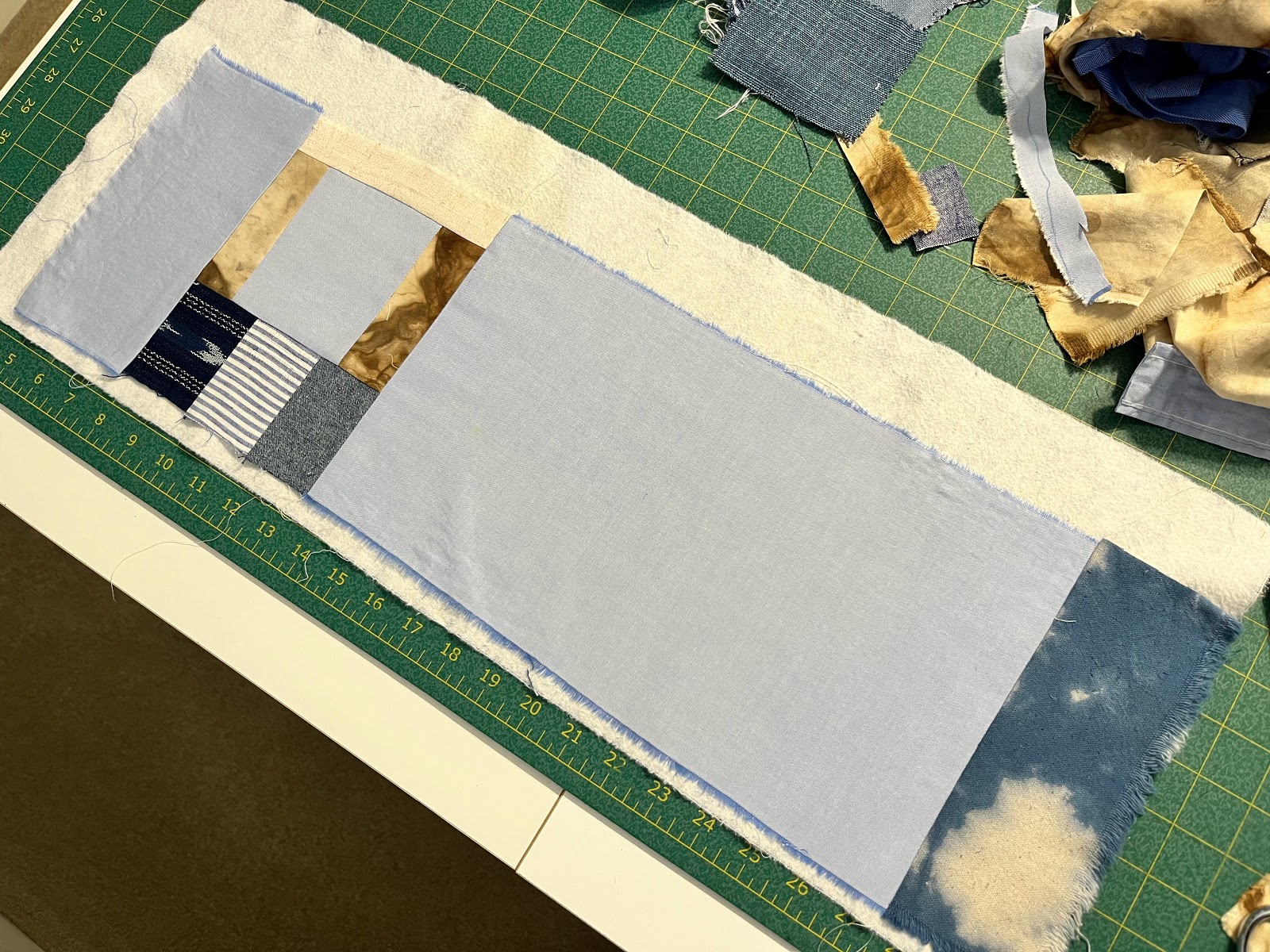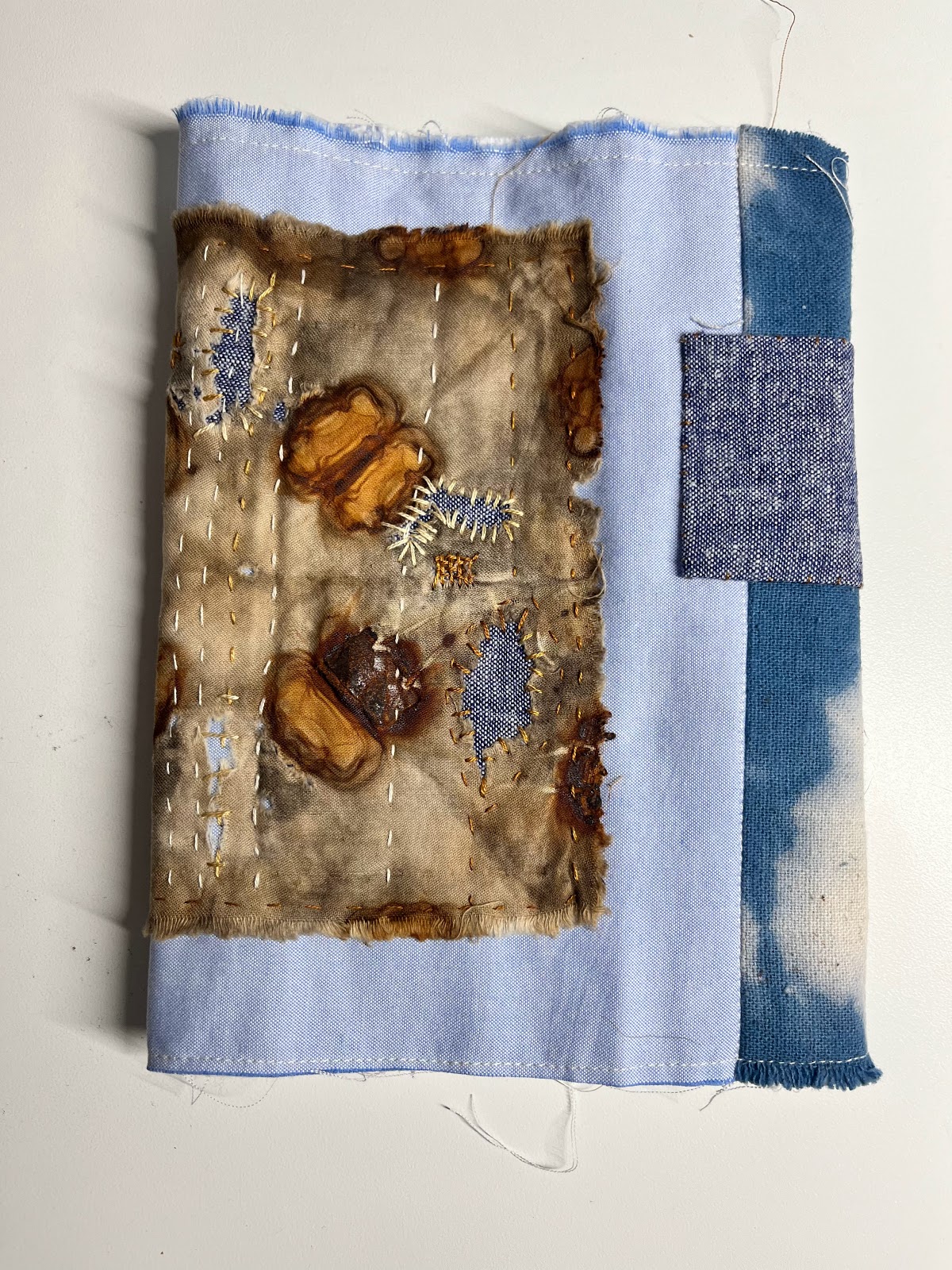Non-sewing activities in November and December left me feeling a loss. Sewing is so much a part of my life that I feel off-center and ungrounded when I don't have time for it. So here it is January and I have cleared off the wrapping paper and other detritus that filled the cutting table. I've started the new year with time in my healing space, the sewing room. And it's very, very good.
Next month I am teaching a class on boro using the lovely Japanese rice bag pattern from K Z Stevens. Also known as komebukuro, it is a traditional bag used for religious celebrations to bring rice to temple. I love the shape of bag and the fact that it provides a blank canvas for fiber art exploration.
As prep for my class, I made this sample.
It's fun to remember the previous projects that are represented in this bag, as well as the adventures involved in acquiring the fabrics. For example, I see remnants of a favorite Archer shirt from Grainline Studios worn recently on a trip to Israel:
This approach to boro allows me to pull out precious little pieces from old projects. Diane Ericson calls this the *parts department.* An example is the piece below. I used to keep a little brass pot in my pantry with folded cotton inside. Each morning when I finished steeping my tea, I threw the bag into the little pot. After some weeks (months? years?), I retrieved the fabric and unfolded it.
There were tea stains, as well as rust marks from the clamps I used. I really like the design, as well as the obvious decay. It is fragile. Just looking at it gives me joy.
As I considered it, I thought that a light blue background would be interesting underneath and adjacent to it. I did not have any fabric that worked. My husband has more cotton button down shirts than any human needs (just like I have more fabric than any human needs), so I asked him to donate an old one to my project. He was happy to oblige me.
Using this soft light blue shirt cotton, I began to compose another rice bag as a possible way to spotlight my fragile fabric. Composition is a subject I'm interested in exploring. My sewing tends to be somewhat spontaneous but I do appreciate that composition can create more satisfying results.
One approach is to assume that the vertical seam will fall along a corner of the square bottom. Then you can mark the places where each of the four panels will be ultimately be situated. I have generally taken a seredipitous approach, and applied embellishment that does not depend on careful placement. And I tend to avoid placing the vertical seam at a corner, because it adds bulk to a place where sewing finesse is already required.
This is what I have so far. I can locate the side seam so that the panels are ones I like before sewing to the bottom. In previous bags, I allowed myself to be surprised, but since I'm teaching, I thought it might be helpful to think in terms of planning AND creating.
But maybe not.













I’m always really interested in your projects, and I’m always interested in Japanese sewing which seems very stark compared to our own. I suppose our own form of Boro was patchwork, and many quilts must have been made and lost now, that endeavoured to replace and make new, old patchwork quilts. The bag is lovely. I think I have a book about Boro which I must get out and look at again. Perhaps it will give me new impetus as my own sewing is failing me at the moment. Trish S
ReplyDeleteI also enjoy Boro and have used it on a few garments. I really like that bag.
ReplyDeleteMary Glenn
ReplyDeleteHigh Insightful Digitizing Website
ReplyDelete